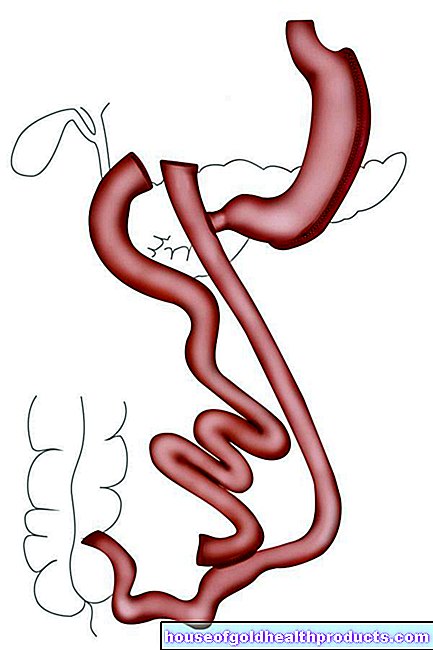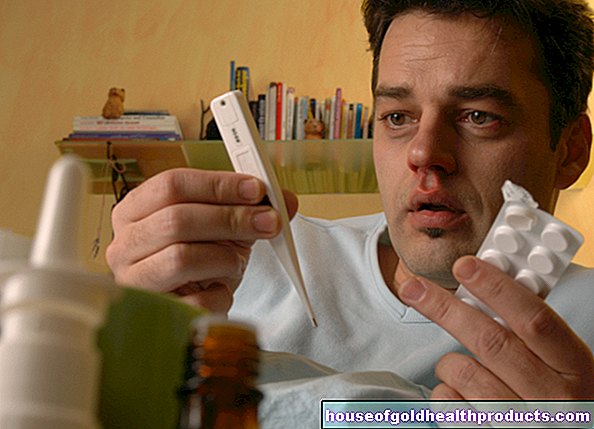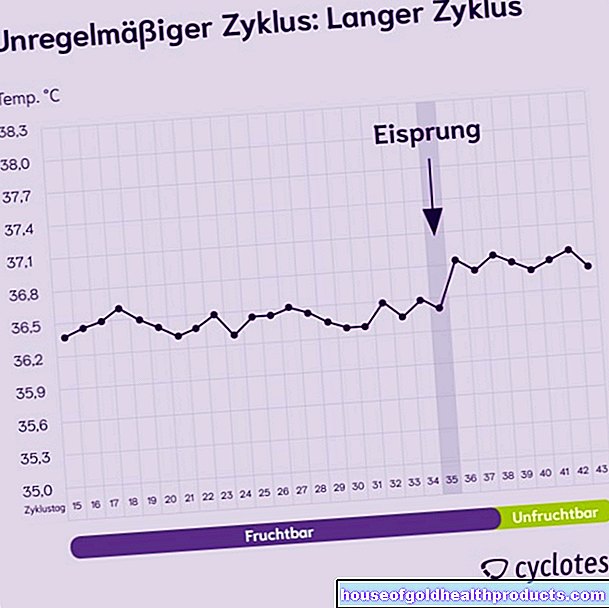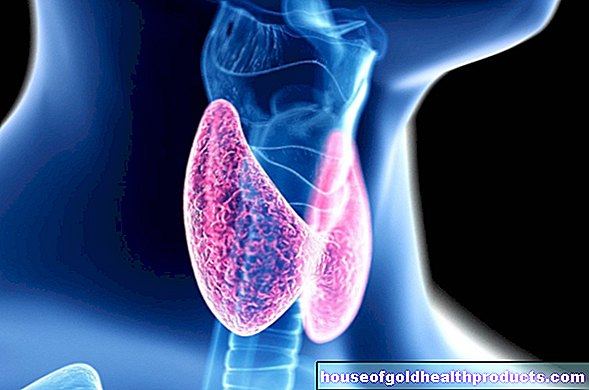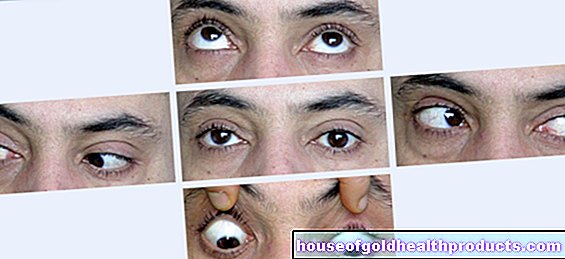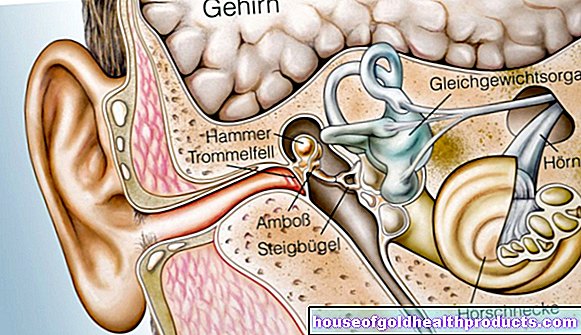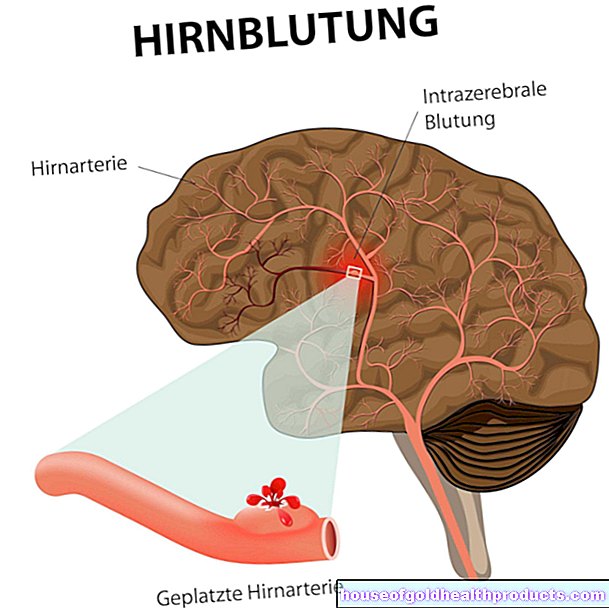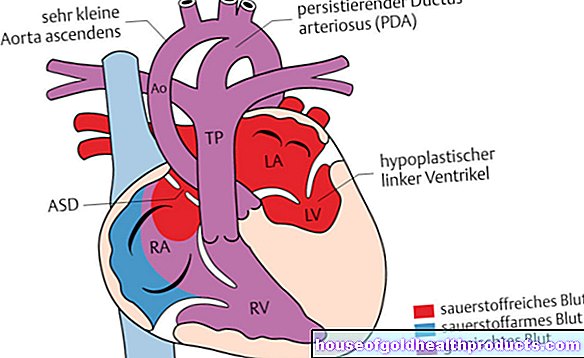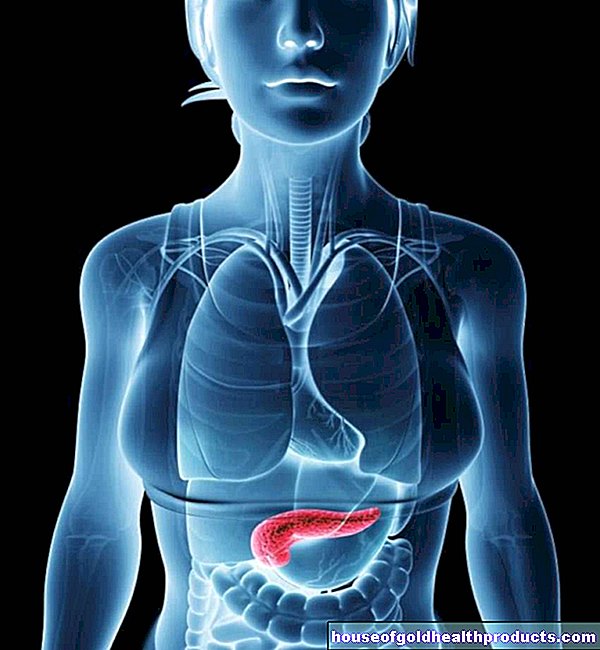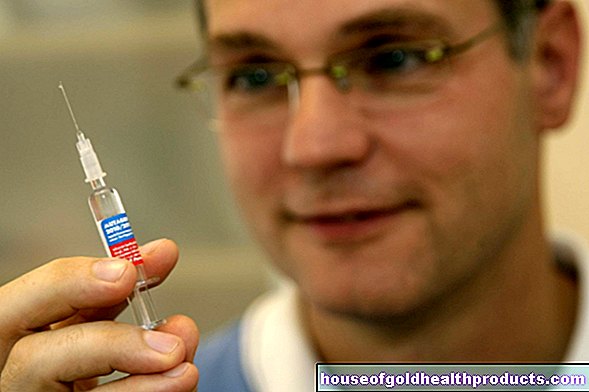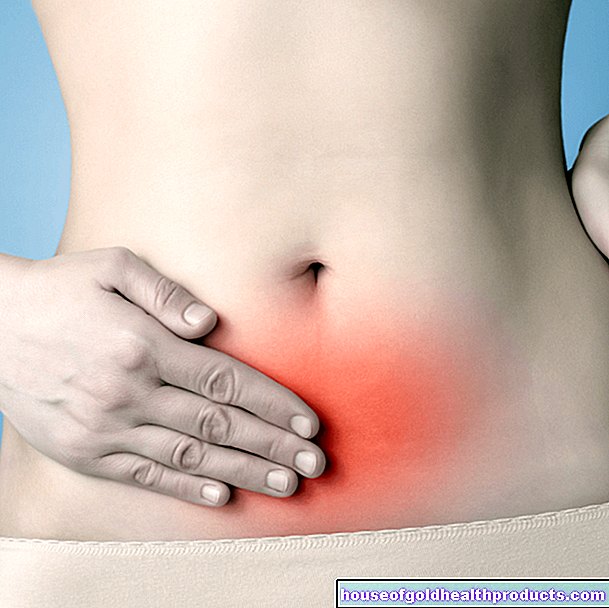Corona mortality is falling - but why?
Christiane Fux studied journalism and psychology in Hamburg. The experienced medical editor has been writing magazine articles, news and factual texts on all conceivable health topics since 2001. In addition to her work for, Christiane Fux is also active in prose. Her first crime novel was published in 2012, and she also writes, designs and publishes her own crime plays.
More posts by Christiane Fux All content is checked by medical journalists.Out of all the depressing numbers on the corona pandemic, one stands out that gives hope: Of the people who become infected, significantly fewer die than in spring. Despite the high number of infections, the number of corona deaths is currently comparatively low. This is not only the case in Germany, but in different countries. What are the reasons?
One thing can be said in advance: the virus is apparently no less dangerous than it was at the beginning. Like all viruses, it is constantly changing. There is currently no evidence that it does less damage to the human body as a result. So the reasons for the low mortality must be different.
The proportion of younger people infected is higher
A decisive reason is that the proportion of younger people infected is currently significantly higher than in the spring. Because the age of the infected is decisive for the prognosis: For children and younger adults, scientists estimate the proportion of infected people who die to be almost zero.
However, it increases exponentially with age, shows a US study that included data from 29 studies. At the age of 55 the mortality is 0.4 percent, at 65 years 1.4 percent, at 75 years 4.6 percent and at 85 years 15 percent.
But that's not all: A British study not only shows that death rates in the UK have almost halved from 41 percent of intensive care patients to 21 percent. It also shows that factors other than the younger age of the sick must have played a role.
The trend persisted when the researchers calculated out effects based on age, gender, ethnicity, and previous illnesses such as diabetes."A number of factors are likely to play a role here, including a better understanding by doctors of how to deal with COVID and adopting effective treatments," said study director John Dennis of the University of Exeter Medical School.
Treatment has improved
The second decisive factor is therefore the improved treatment options.
Late ventilation: For example, ventilation for Covid-19 patients should be given as late as possible. In contrast to flu patients, who usually only hang on the machines for a day or two, corona patients often have to be ventilated for weeks. The damage that Sars-CoV-2 causes in the lungs is also different from that of the flu. If air is pressed into the organ during ventilation, this can increase the damage, especially in Covid 19 patients.
Anticoagulants: The knowledge that many Covid 19 patients develop blood clots has also saved many lives. The thrombi can migrate into the organs and thus cause kidney damage and life-threatening pulmonary embolism, among other things. In the meantime, blood thinners are used early on in the treatment of Covid 19 patients, which can prevent this.
Anti-inflammatory drugs: Another deadly danger with Covid-19 comes from the patient's immune system. It is not uncommon for it to react excessively in severe cases. Then it can lead to multi-organ failure. In the meantime, doctors are taking countermeasures with the cortisone preparation dexamethasone. In studies, it was possible to reduce the mortality of ventilated Covid-19 sufferers by a third, and of those who only needed oxygen by around a fifth.
Antibodies: Antibodies obtained from the blood of recovered Covid 19 sufferers are also administered in individual cases for treatment purposes. They could support the immune system of the seriously ill in its fight against the coronavirus. In addition, artificial antibodies have already been developed and are being tested in studies. However, there are also possible side effects. And how effective the therapeutic approach actually is is still open.
The drug Remdesivir, on the other hand, has disappointed expectations. The antiviral can inhibit the spread of the virus in the early phase of a corona disease. However, according to interim results of a WHO study, it has no effect on mortality in the later course of the disease.
Masks & Co. can prevent severe gradients
Mask requirements and keeping your distance could also contribute significantly to the fact that fewer people are dying now than a few months ago. The reason: There is a lot to suggest that the severity of the disease also depends largely on how high the virus dose is that you catch.
It is true that simple mouth and nose covers cannot protect the person opposite, and certainly not the wearer himself, 100 percent from infection. However, you can drastically reduce the amount of virus that reaches the mouth and nose area.
Uncontrolled spread, higher risk of death
However, all three factors described here - more young patients, compliance with hygiene rules and improved treatment options - could tip over again. The increasing pandemic fatigue could mean that wearing masks, keeping your distance and reducing contact are increasingly neglected.
With the increasing spread of the virus in society, Sars-CoV-2 is increasingly seeping into the elderly again. Protecting these as much as possible is a declared aim of all measures.
But older people are part of society. The infiltration of the infection cannot be completely prevented. The proportion of older people among the infected is already noticeably increasing again. That is why it is now a matter of generally reducing the spread again.
Overloaded hospitals, declining quality of treatment
If the spread of the virus gets completely out of control, the treatment of seriously ill people can no longer be carried out at the current high level.
Seriously ill Covid-19 patients are currently being cared for closely. Any change in their values and their condition is recognized quickly and dealt with with the necessary measures. But if the hospitals are overloaded, this will no longer be possible. Then one has to assume that the patient's chances of survival will decrease noticeably.
Death only comes weeks later
Even in view of the currently low death rates, it remains important to keep the number of infected people down to a stable level below high-risk values. The current number of cases remains an important indicator for this - and not the current number of deaths. It will take three to four weeks for death to take its toll on the people who are now infected.
Tags: teenager sleep pregnancy



